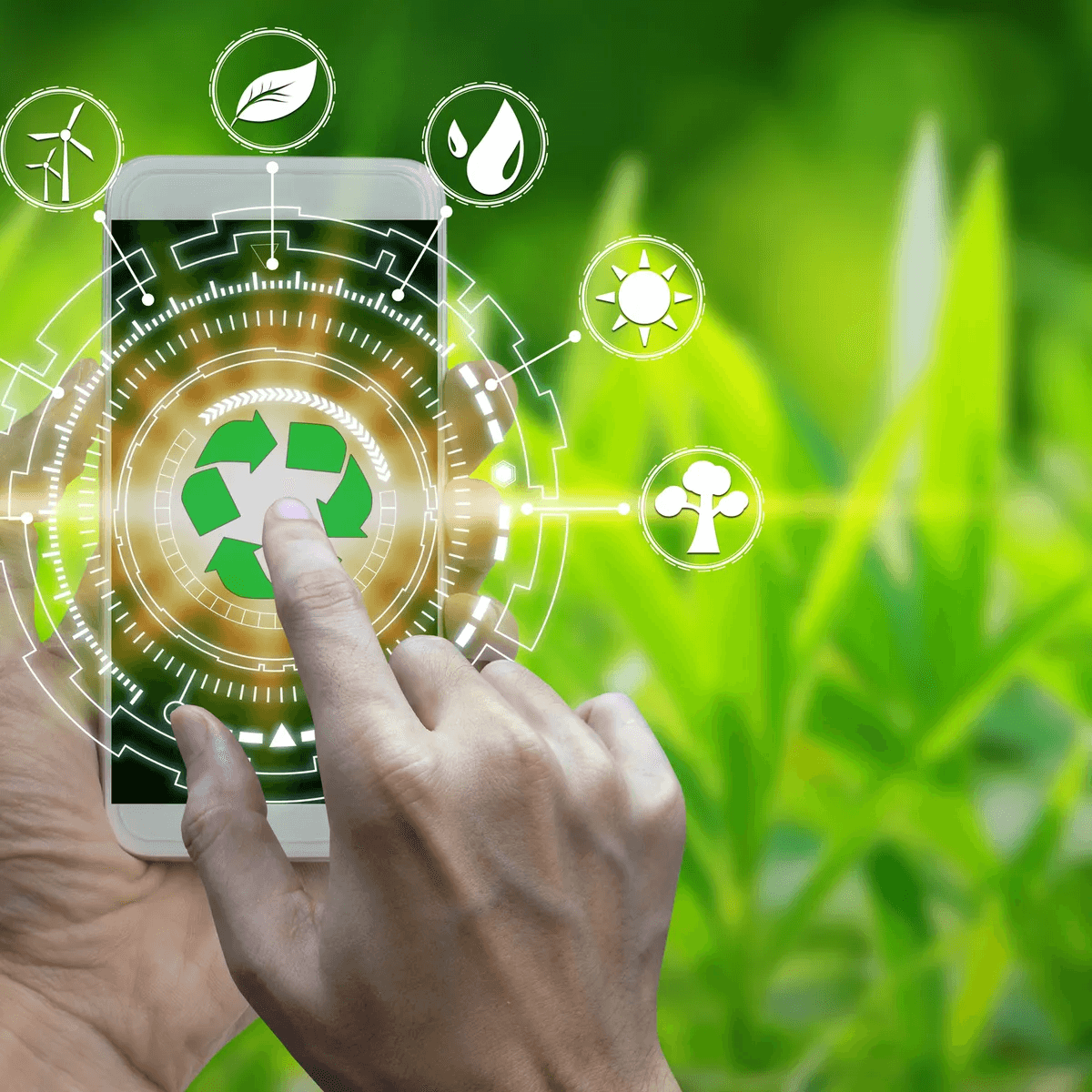Green Phones of the Future: Turning E-Waste Into the Next Big Mobile Innovation

As the world becomes increasingly connected through smartphones, a hidden problem continues to grow beneath the surface — electronic waste. With over 5 billion phones discarded in just the past few years, the e-waste crisis is mounting at an alarming rate. But a new movement in the tech industry is transforming this challenge into an opportunity. The next big innovation in mobile technology isn’t just about faster processors or better cameras — it’s about sustainability. Welcome to the era of Green Phones, where e-waste is reborn into the next generation of eco-conscious smartphones.
The Rise of E-Waste and Its Environmental Impact
Every smartphone carries a complex mix of precious and toxic materials. Inside the sleek glass and metal body lies lithium, cobalt, gold, nickel, and rare earth elements — all essential for the device’s performance but devastating to extract. Mining these materials often leads to deforestation, water pollution, and the exploitation of human labor.
According to the Global E-Waste Monitor, the world generates more than 50 million tonnes of e-waste every year, and only about 20% is properly recycled. The rest ends up in landfills, leaking harmful substances into the environment. With consumers upgrading their phones every two to three years, the cycle of production and disposal continues to accelerate.
But as awareness grows, major smartphone brands are now shifting their focus — not just to innovation, but to responsible innovation.
The Shift Toward Green Manufacturing
Brands like Apple, Samsung, and Fairphone are leading the charge in sustainable smartphone production. Apple, for instance, now uses 100% recycled aluminum in many of its devices and has developed the Daisy recycling robot, capable of disassembling iPhones to recover valuable materials like gold, cobalt, and rare earth elements.
Samsung has also pledged to achieve zero waste to landfill by 2030, with its Galaxy devices already incorporating recycled plastics from ocean-bound materials. Meanwhile, Fairphone — a pioneer in ethical electronics — designs phones that are modular and easy to repair, ensuring longer lifespans and less waste.
These initiatives represent a broader shift in mindset: sustainability is no longer an afterthought; it’s a core design principle.
Recycling E-Waste Into New Devices
Recycling old smartphones isn’t just about reusing shells or plastic parts — it’s about reclaiming the valuable components inside. Each phone contains trace amounts of precious metals, and when multiplied across millions of devices, these quantities add up significantly.
For example, one tonne of smartphones contains more gold than one tonne of mined ore. Companies are now using advanced urban mining techniques to extract these materials from discarded electronics, reducing the need for destructive mining operations.
This process not only conserves resources but also cuts down the carbon footprint associated with manufacturing. By recycling lithium from old batteries and reusing rare earth magnets, smartphone makers can drastically reduce dependency on raw material extraction while creating a closed-loop production system.
Designing for Longevity and Repairability
One of the biggest contributors to e-waste is the short lifespan of modern smartphones. Many users replace devices due to broken screens, degrading batteries, or outdated software — not because the core hardware fails.
To combat this, manufacturers are rethinking design. Modular phones like Fairphone and Framework allow users to easily replace or upgrade parts such as the camera, battery, or processor, extending the phone’s usability. Even tech giants like Samsung and Google are introducing self-repair programs, enabling customers to fix devices at home using official tools and guides.
This approach not only saves money but also reduces waste, encouraging consumers to keep their devices longer and minimize environmental impact.
The Future of Green Innovation in Smartphones
The next phase of green smartphone development goes beyond recycling and repairability — it’s about sustainable innovation at every stage. Companies are experimenting with biodegradable materials, solar-powered charging, and energy-efficient chipsets that consume less power while offering superior performance.
Researchers are even developing eco-friendly batteries made from organic materials and solid-state technology that eliminate harmful chemicals. Future phones might be built entirely from recycled or renewable materials, designed to be disassembled and remanufactured rather than discarded.
AI-driven tools are also helping optimize energy use, from adaptive screen refresh rates to smart battery management systems, ensuring every milliwatt is used efficiently.
Consumers as the Driving Force
The shift toward green phones isn’t happening in isolation. Consumers play a massive role in shaping this transition. With increasing awareness of environmental impact, more buyers now prioritize eco-friendly devices, pushing brands to adopt greener practices.
Government policies are also catching up. The Right to Repair movement and e-waste recycling mandates in regions like the EU and India are pressuring companies to build longer-lasting, easily repairable devices. This collaboration between innovation, policy, and public awareness is setting the foundation for a truly sustainable smartphone ecosystem.





